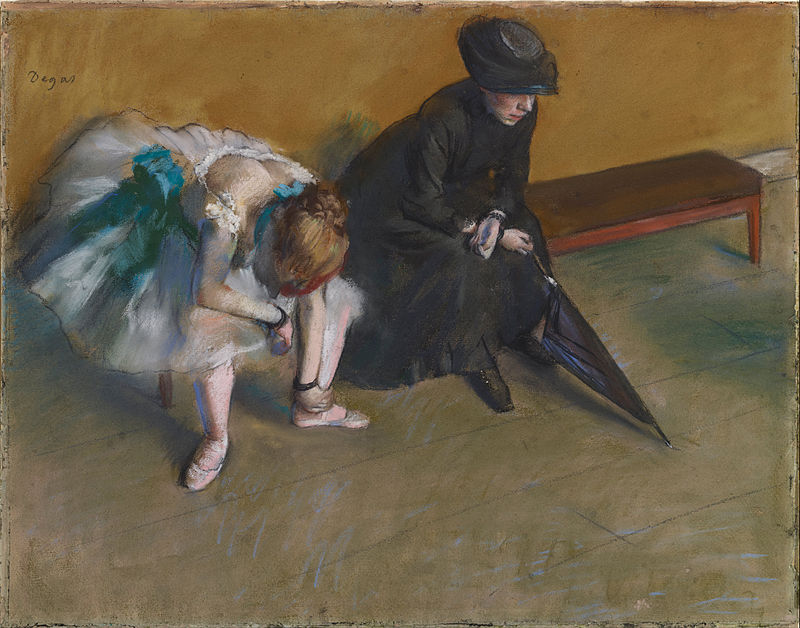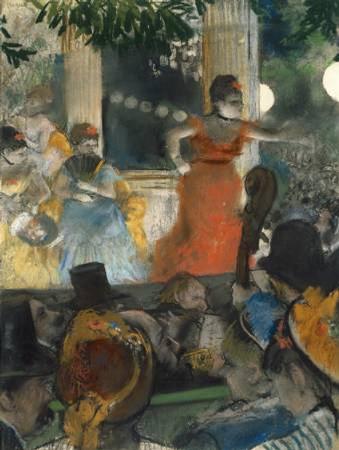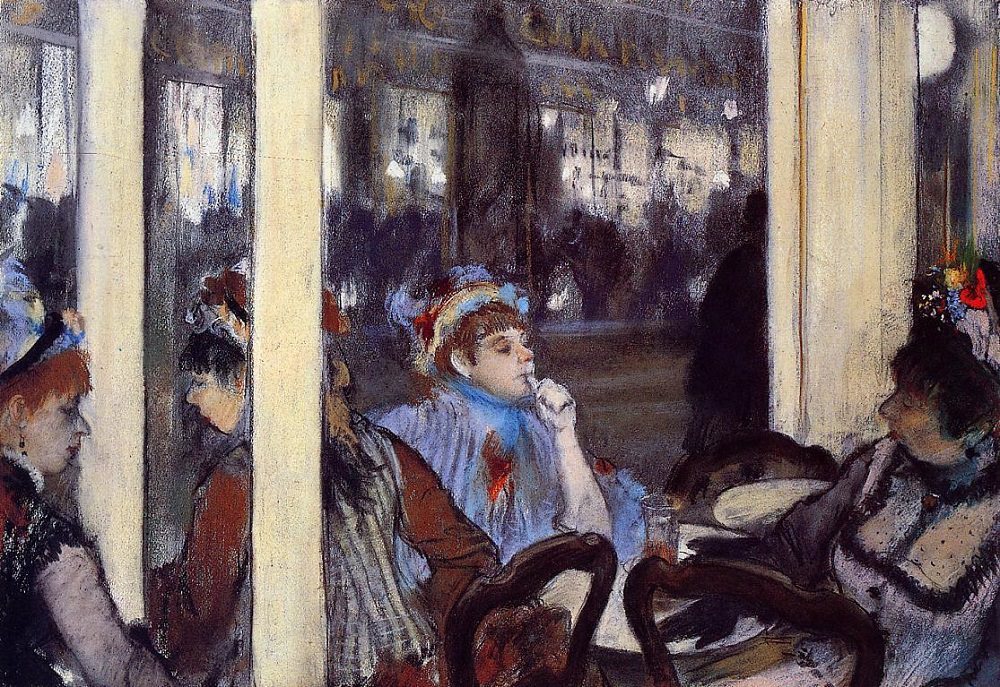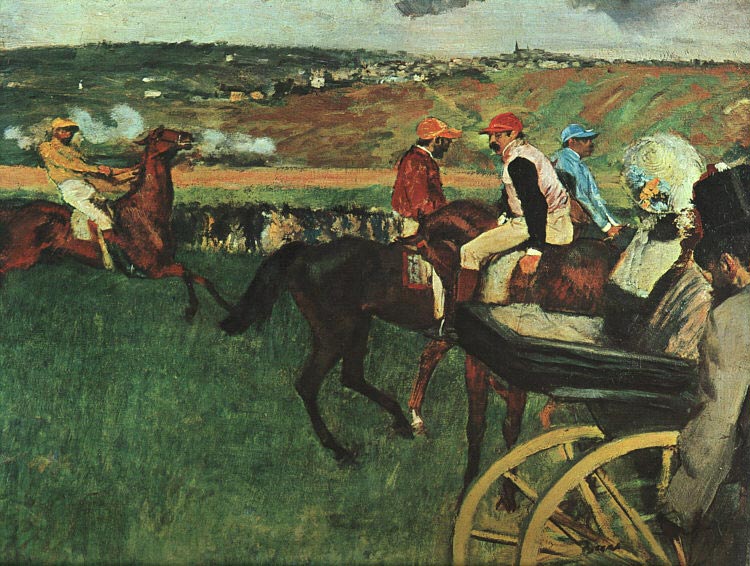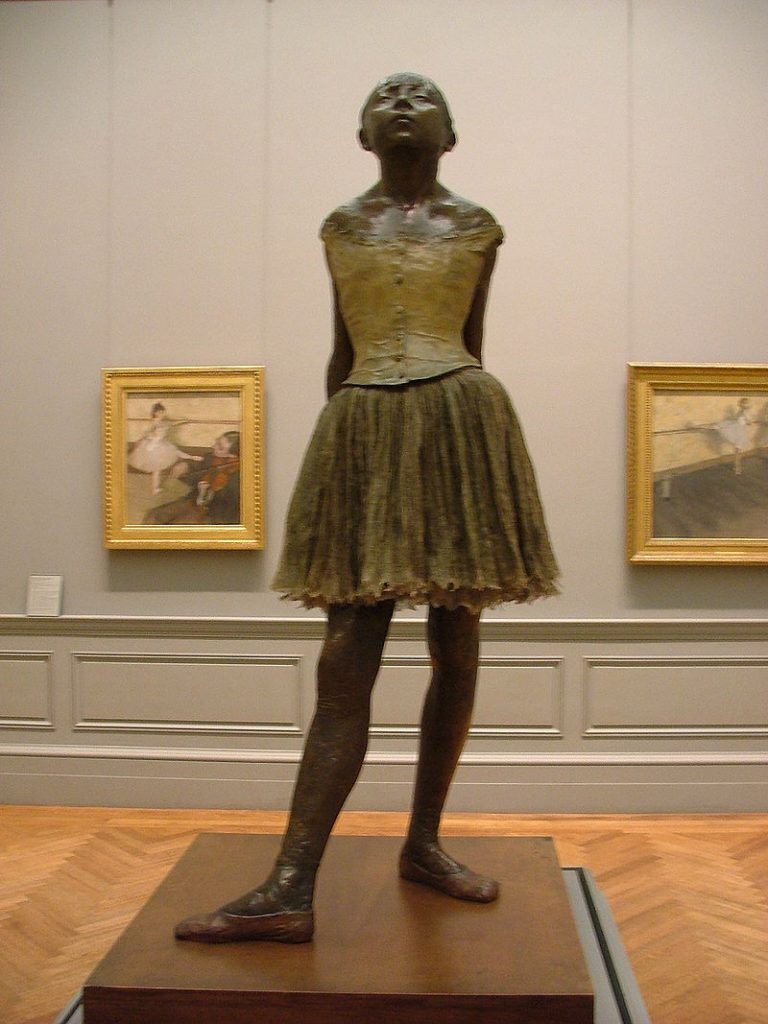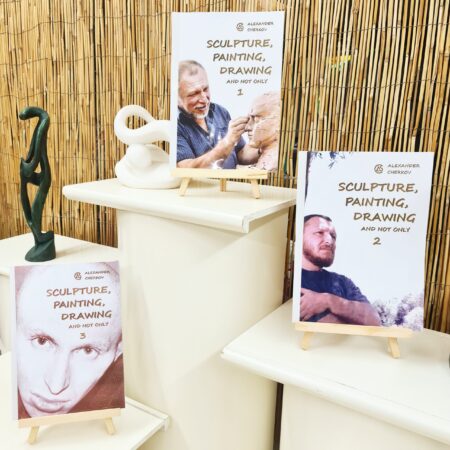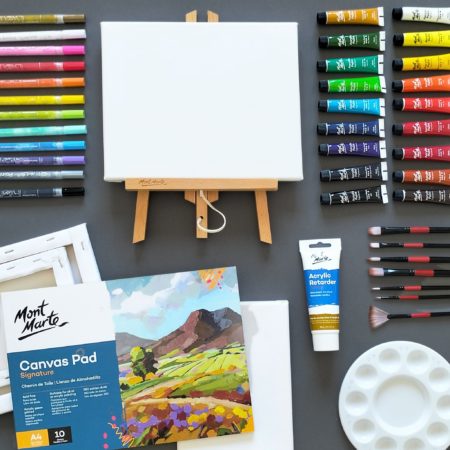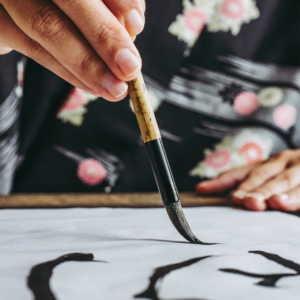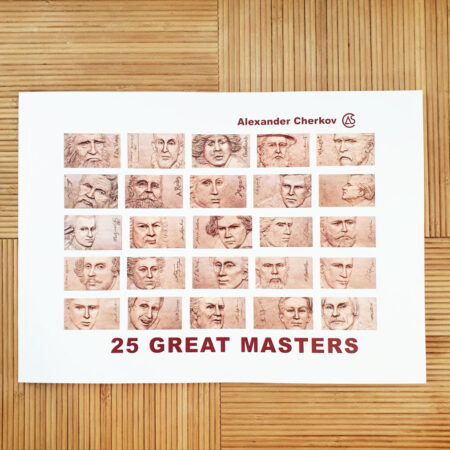The artist Edgar Degas (1834-1917), a French painter and sculptor, is considered one of the fathers of the approach Impressionism. Degas never adopted the Impressionist color spot and was primarily interested in the movement of the body. Degas painted horses, women, dancers, laundresses and hats, mostly hard-working people. Emphasizing the physical dimension of the characters he painted, the ballerinas reflect a light movement flowing through athletic physicality, while his laundry paintings display heavy and solid physicality. The beginning of his work is naturalistic and over time his paintings become more and more abstract.
The technique is a monotype pastel - the pastel is oily. It's printing on one substrate.
If we compare to David's painting - The Horate Oath we see David standing opposite and Degas standing on the side. This is a deviation from the norm. In Western painting, the view was opposite - in a straight line. When we go to the theater and the cinema we want to sit in the middle. David's painting is like a theater stage with the stage - the floor tiles, the background.
With Degas mostly (also with Renoir) he looks at an angle. It is no longer the stage of the theater. And of course he paints the figure of the woman with the red clearly. The figures at the back look like spots. He looks down, he sees the bonbon on the orange hat, he sees the shoulder blades. And if so he is looking down.
There are more cafes at Degas:
Absinthe - here too the view is from above from the side - we see the shoes, the head of the hat, he draws them from a lower class sitting in a cafe to drink absinthe. The picture is not happy. There is a huge shadow behind the characters. Degas draws the effect of drinking. And again this is another example of what we have seen so far. Pastel Monotype again.
Coffee Terrace - Here the figures are cut, they are truncated and they are not shown in their entirety. The woman on the left is half, she has only her right arm. Another woman is partially hidden by the pillar. She has a very long back. She looks a certain way, he paints it in a point of view between right and left side, head very wide. And again the new buildings of Baron Hausman and passers-by.
Artist Edgar Degas paints a lot of horse racing and dancers. This is a flash photo. The horse is cut and some figures are cut. He supposedly paints a certain moment - does not put the characters in a certain way. See the brush strokes. Green fills two-thirds of the fabric. This is not a deep panoramic field. The green seals the look and makes the whole painting look relatively flatter. Carpet the painting - there is no sense of very deep space. And above the green there is some road and buildings and the sky is narrow. There is no occurrence in the surface. Other than that it is movement, the horse galloping (the horse behind) the rider holds the reins and the horse gallops forward. What interests this fish is indeed the movement.
He paints bathers, irons. In both cases the hand is raised on the nape of the neck in the same way. He learns the movement. What the hand looks like, how to draw the hand when it is above the nape of the neck in such a way. The movements seem to be returning.
The dancer with an open mouth and a hand on her back is also open. Degas draws dancers because he is interested in movement.
Mona had a problem with the poplar trees - the area was sold to a new owner who wanted to cut down the trees so he paid him to keep them for a few more months. The cathedral remained in place. The same thing fished. He loved the ballet sat on the side and drew the movement. He made sketches instead of going back to his studio and painting. He then made a network of lines and thus knew where each finger would be.
Recommended art products
- One of the bundled products is unavailable.
- You can not add this bundle to the cart.

